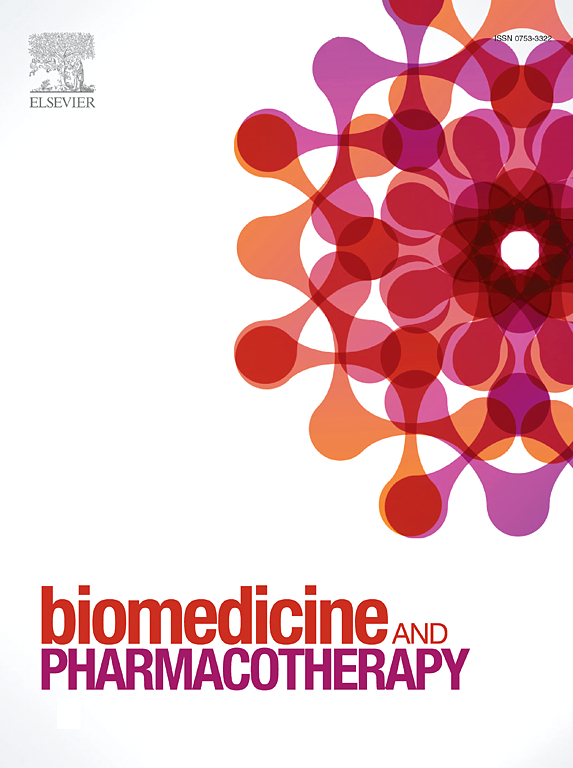Thiopurine S-methyltransferase – An important intersection of drug-drug interactions in thiopurine treatment
IF 6.9
2区 医学
Q1 MEDICINE, RESEARCH & EXPERIMENTAL
引用次数: 0
Abstract
Understanding the molecular mechanisms of medicines is crucial for developing novel drugs, for repurposing existing medicines, and for predicting toxicities. Thiopurine S-methyltransferase (TPMT) serves as an exemplary case in personalized medicine, as its activity is influenced by genetic variants, co-factors, substrates, and inhibitors, which lead to diverse outcomes in thiopurine therapy. This comprehensive review explores the role of TPMT in drug-drug interactions by investigating its interactions with co-factors, substrates, and inhibitors. We focus on the principal interactions of TPMT with clinically relevant inhibitors, and add to this information with molecular docking analyses for the substrate and co-factor binding sites of TPMT. Notably, methotrexate and sulfasalazine emerged as the top-ranked compounds with favorable docking scores for the co-factor binding site, while furosemide is presented as the highest ranked inhibitor for the substrate binding site. Furthermore, we highlight the chemical and structural properties governing ligand binding to TPMT. We support the molecular characteristics by using a summary of clinical implications. Examining the molecular interactions between substrates or inhibitors and TPMT not only addresses therapeutic consequences, but also reveals potential novel indications of interacting compounds. These insights are also invaluable for identifying endogenous ligands and enhancing our understanding of TPMT’s biological function.
求助全文
约1分钟内获得全文
求助全文
来源期刊
CiteScore
11.90
自引率
2.70%
发文量
1621
审稿时长
48 days
期刊介绍:
Biomedicine & Pharmacotherapy stands as a multidisciplinary journal, presenting a spectrum of original research reports, reviews, and communications in the realms of clinical and basic medicine, as well as pharmacology. The journal spans various fields, including Cancer, Nutriceutics, Neurodegenerative, Cardiac, and Infectious Diseases.

 求助内容:
求助内容: 应助结果提醒方式:
应助结果提醒方式:


